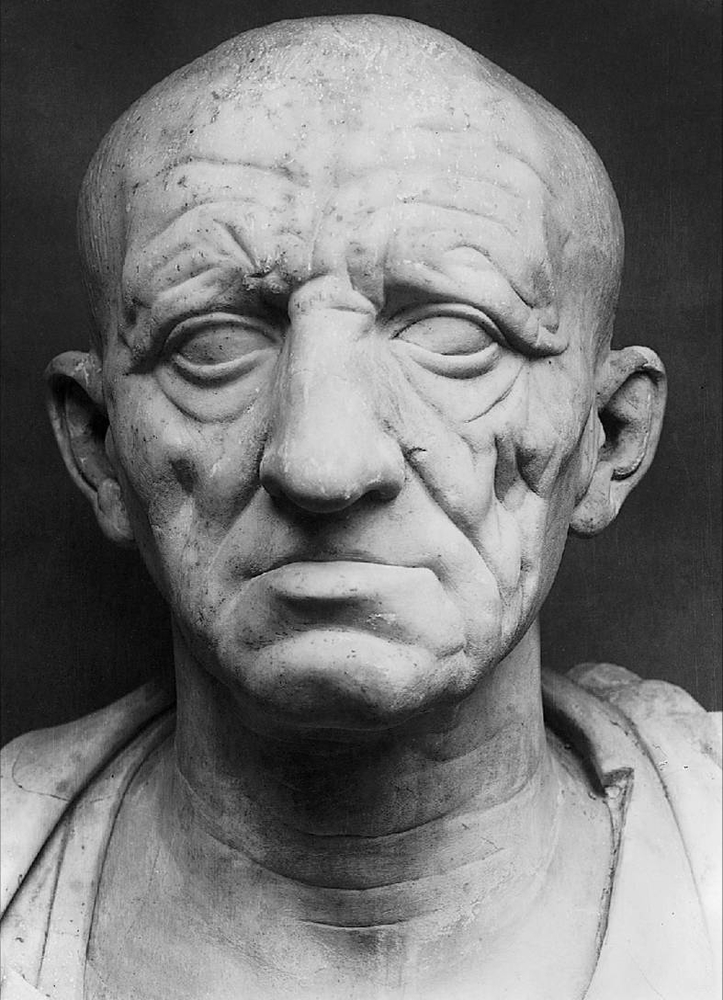More about The Emperor Napoleon in His Study at the Tuileries
- All
- Info
- Shop

Sr. Contributor
In this ass-kissing propaganda portrait, Napoleon appears in the Tuileries Palace.
During the French Revolution, Marie Antoinette and family were imprisoned here. The French showed they had their priorities straight by beheading the widowed mother of two and replacing her with Napoleon, a dictator who declared himself Emperor and sacrificed a generation of men in imperialistic warfare.
This was widely considered to be the most realistic and accurate portrait of Napoleon, though he probably never posed for it. Note his iconic hand-in-waistcoat gesture. Popular theories as to why his hand is tucked into his waistcoat include:
He wanted to feel his amazingly sexy abs.
It was cold.
His stomach was itching.
He was trying to hide a tremor.
He had stomach cancer or an ulcer.
His hand was deformed and he was trying to hide it.
Hands are hard to paint.
He wanted a signature move.
His wife was nearsighted and he wanted to make it easy for her to pick him out of a crowd.
Men of breeding often posed like that (however, there is a debate as to whether they posed like that to imitate Napoleon.)
Alexander Hamilton, a Scottish nobleman, commissioned this. Hamilton was a Francophile who saw great political advantage in kissing Napoleon’s butt, a somewhat treacherous stance since the British despised Napoleon like Hitler.
Hamilton asked for a portrait “of the Great Man...in one of the Historic moments that have made him immortal.” David surprised him by delivering an unflatteringly realistic portrait of Napoleon looking tired, paunchy and hunched over.
But don’t let the unromantic pose fool you; this is pure propaganda. On the desk is the freshly drafted Napoleonic Code, a document of law that subverted the age-old authority of the nobility and Church. The candles have burned down to the nub, the clock reads 4:13 AM, and Napoleon’s weary, unkempt appearance suggests he has worked through the night for the State. The sword on the chair represents his military prowess, and the map on the floor global domination. The message is clear: Long live the Fuhrer!...er, em, we mean “Emperor”, that’s right, Emperor.
Alexander Hamilton was also obsessed with Egyptology, and had himself mummified and entombed in a real sarcophagus upon his death. Much of his collection went to the British Museum. This painting passed into the hands of Archibald Primrose, the richest Prime Minister in British History, with an estate and collection valued at 63 million. He was a reputed bisexual, though married to the Jewish heiress Hannah de Rothschild, the richest woman in England from another art-collecting dynasty. The Rothschild collection was later stolen by the Nazis. Luckily, this piece ended up safely in the National Gallery of Art in Washington D.C. Odd that this painting of that most famous of French men, by that most famous of French artists, has never resided in France.

Contributor
As a military man, Napoleon knew how to kick ass. However, he was also a world class nerd. He instituted the metric system and made everyone pick a last name (up until then people only had first names). The papers on his desk show the word "code", presumably the Napoleonic code.
Featured Content
Here is what Wikipedia says about The Emperor Napoleon in His Study at the Tuileries
The Emperor Napoleon in His Study at the Tuileries (French: Napoléon dans son cabinet de travail aux Tuileries) is an 1812 painting by Jacques-Louis David. It shows French Emperor Napoleon I in uniform in his study at the Tuileries Palace. Despite the detail, it is unlikely that Napoleon posed for the portrait.
It was a private commission from the Scottish nobleman and admirer of Napoleon, Alexander Hamilton, 10th Duke of Hamilton in 1811 and completed in 1812. Originally shown at Hamilton Palace, it was sold to Archibald Primrose, 5th Earl of Rosebery in 1882, from whom it was bought by the Samuel H. Kress Foundation in 1954, which deposited it in Washington D.C.'s National Gallery of Art, where it now hangs.
Check out the full Wikipedia article about The Emperor Napoleon in His Study at the Tuileries















